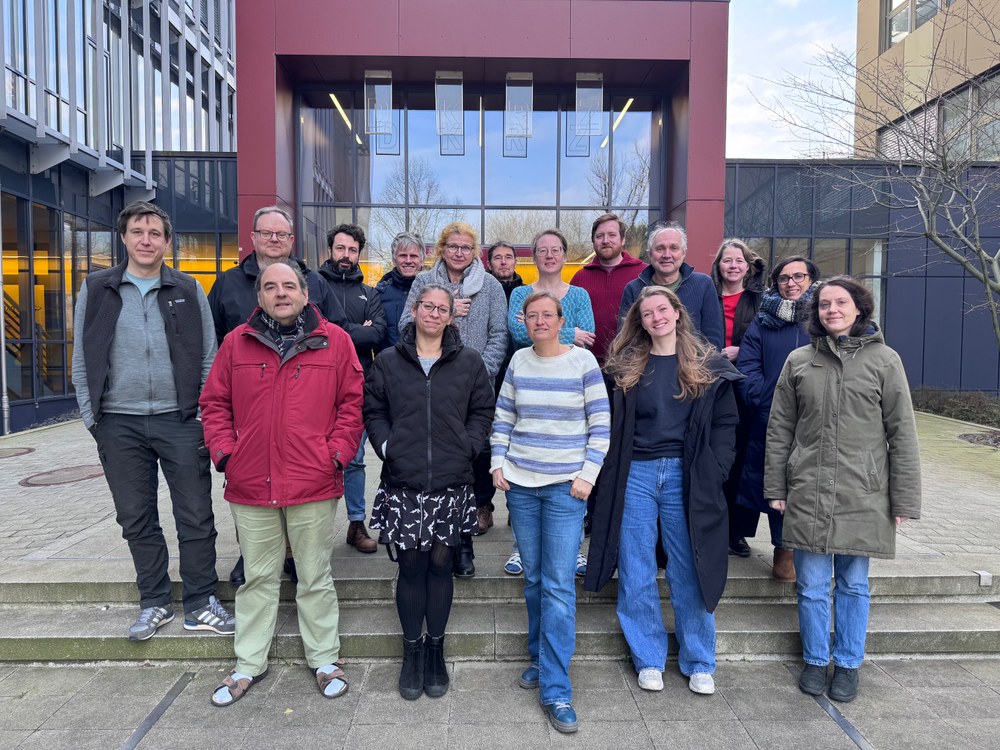17.02.2025
The Intersessional Correspondence Group on Ecological Modelling (ICG-EMO) is a working group of the OSPAR1 Commission using simulations of marine ecosystem models for management measures. To do this, the members from the participating coastal states - including seven with their own modelling - first calculated the reliable threshold values for nitrogen, phosphorus and chlorophyll for the North Sea and the North East Atlantic using scenarios.
The ICG-EMO workshop format brings together marine ecosystem modellers with representatives of national environmental authorities from Germany, the Netherlands, the United Kingdom, Denmark, Norway, Sweden, Spain, France, Portugal and Ireland. Belgium was not represented this time.
The aim of the meeting was to find ways to comply with the threshold values determined in a previous study and now legally binding. To do this, a "maximum permissible nutrient input", for example from rivers, must be identified. In addition, reduction targets for nutrient inputs are set, which are then made binding for the coastal states. The workshop served to identify possible difficulties and to develop a timetable for the next steps.
Dr. Hermann Lenhart and Dr. Daniel Thewes from the Scientific Computing (WR) research group at the DKRZ are taking on large parts of the coordination within the ICG-EMO and developing algorithms with which the maximum permissible nutrient input is calculated. These activities are carried out as part of the ModOSPro project, which is funded by the German Environment Agency. The project examines the state of the German part of the North Sea both in the past and in the present and looks for ways to improve it.
In addition to coordinating and evaluating the model results, the WR group is participating in the ICG-EMO with two models that are run on the DKRZ supercomputer Levante. The HAMSOM-ECOHAM model covers the entire North Sea and parts of the North Atlantic and can therefore record the changes in nutrient inputs in all OSPAR coastal states. It is used to create boundary conditions for the higher-resolution GETM-GPM model, which focuses on the southern North Sea.
The results of the workshop will now be incorporated into the further work of the ICG-EMO in order to create a sound scientific basis for the environmental policy of the OSPAR coastal states and to develop long-term strategies for the protection of the North Sea and the North Atlantic.
1 OSPAR: The OSPAR Convention for the Protection of the Marine Environment of the North-East Atlantic is named after the original Oslo (1972) and Paris (1974) Conventions (“OS” for Oslo and “PAR” for Paris), which it replaced. It has been in force under international law since March 25, 1998.

Attendees of the 3rd ICG-EMO Workshop in Hamburg.
